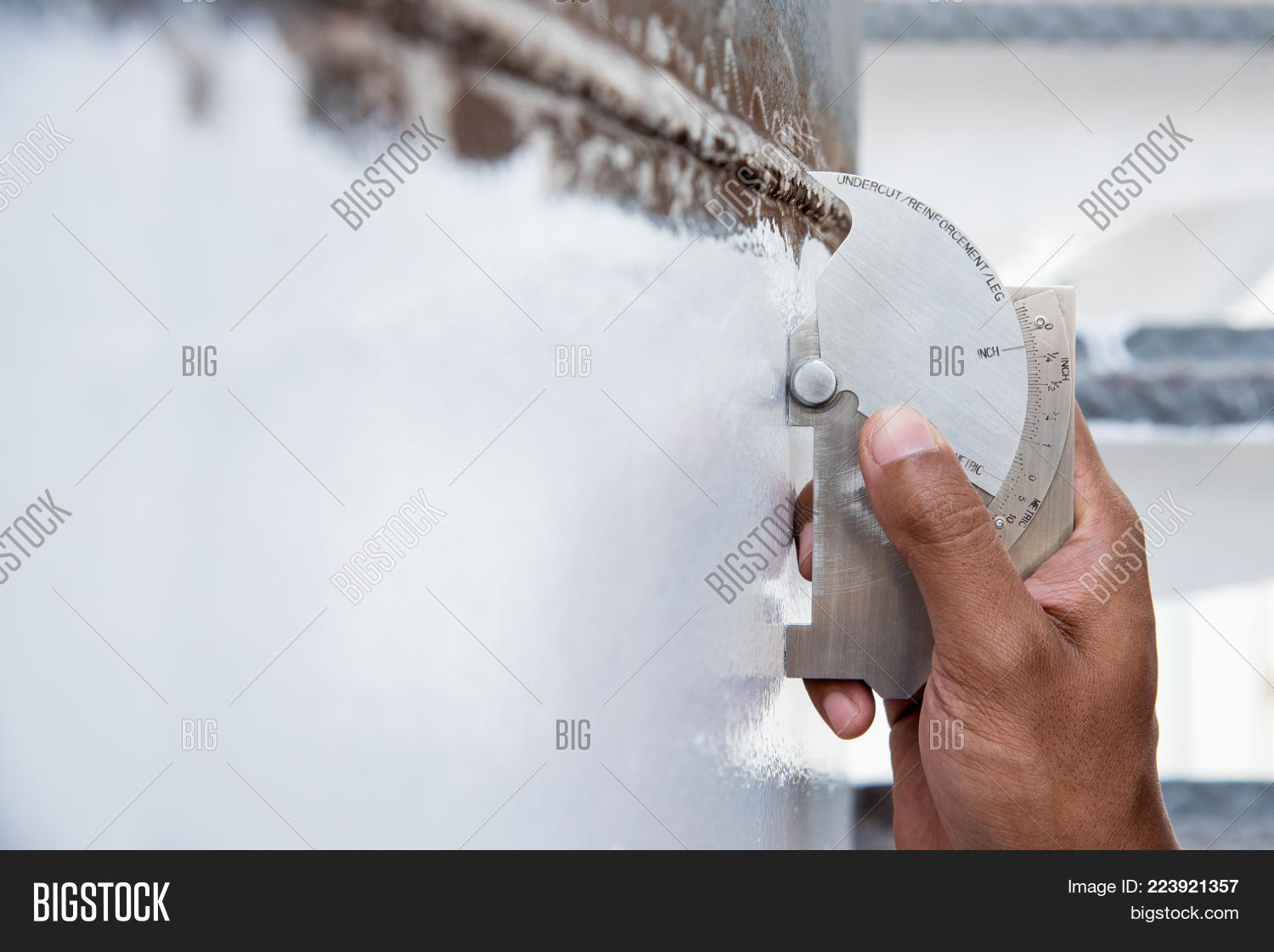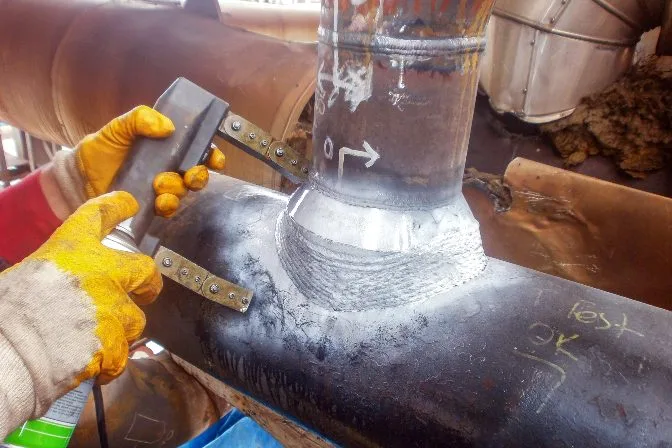Ideal Practices for Effective Tank Welding Inspection Processes
Ideal Practices for Effective Tank Welding Inspection Processes
Blog Article
The Essential Duty of Container Welding Examination in Ensuring Structural Honesty and Safety And Security Conformity in Industrial Applications
In the world of commercial applications, storage tank welding evaluation becomes a pivotal element in guarding architectural stability and making sure compliance with safety regulations. Making use of a mix of methods such as visual assessments and progressed screening methods, these inspections offer to determine and reduce potential imperfections prior to they intensify into substantial dangers. The implications of these practices expand beyond mere governing adherence; they essentially impact functional effectiveness and asset long life. The complexities bordering the evaluation procedure trigger a closer examination of its techniques and results, disclosing layers of significance that merit additional exploration.
Relevance of Tank Welding Assessment

Making certain conformity with industry standards and policies is one more considerable facet of container welding examination. Regulatory bodies mandate strict guidelines for the building and maintenance of storage tanks, and complete examinations aid companies stick to these needs. Non-compliance can cause extreme fines, consisting of penalties and closures, better stressing the demand for strenuous examination methods.
Moreover, tank welding evaluation plays a crucial role in maintaining operational performance. In recap, the relevance of container welding assessment lies in its capacity to protect public health, shield the atmosphere, and make certain conformity with regulatory structures.
Key Examination Techniques
Effective storage tank welding inspection relies upon a selection of essential strategies that ensure complete evaluation of weld high quality and architectural integrity. Amongst one of the most prevalent methods are aesthetic inspection, ultrasonic testing, radiographic screening, and magnetic fragment testing - Tank Welding Inspection. Each technique uses unique advantages in examining various aspects of the weld
Visual assessment acts as the very first line of defense, enabling examiners to identify surface area defects, irregularities, or variances in the weld grain. Ultrasonic screening employs high-frequency acoustic waves to discover interior imperfections, such as fractures or voids, offering a detailed analysis of weld honesty. This approach is particularly effective in spotting problems that may not show up on the surface.
Radiographic testing uses X-rays or gamma rays to create pictures of the welds, exposing interior stoppages and giving an irreversible document for future referral. This strategy is very reliable for essential applications where the risk of failing have to be decreased.
Last but not least, magnetic fragment screening is utilized to determine surface and near-surface problems in ferromagnetic materials. By applying magnetic areas and great iron fragments, examiners can identify gaps that might compromise the architectural honesty of the storage tank. Together, these techniques form a durable structure for making check out here sure premium welds in industrial applications.
Compliance With Safety And Security Specifications

Routine evaluations play a pivotal duty in making sure conformity by identifying prospective failures or discrepancies from suggested requirements. Inspectors are educated to evaluate weld top quality, verify product specifications, and analyze the general architectural stability of tanks. Their expertise is crucial in making sure that welding procedures meet the needed safety and security requirements.
In addition, compliance with safety and security standards not just protects workers yet also safeguards the atmosphere from possible risks such as leakages or catastrophic failures. Organizations that focus on safety compliance are much better placed to reduce dangers, boost operational effectiveness, and cultivate a culture of security within their labor force. In recap, maintaining rigorous compliance with safety and security standards is special info important for the effective procedure of tank welding activities in industrial setups.
Advantages of Regular Evaluations
Routine assessments are important to keeping the structural stability and safety and security of bonded tanks. These inspections offer a methodical technique to recognizing possible defects or weaknesses in the welds, guaranteeing that any type of problems are attended to prior to they rise right into substantial failings. By performing normal evaluations, companies can discover rust, tiredness, and other types of wear and tear that may jeopardize tank performance.
Furthermore, consistent inspections contribute to compliance with industry laws and criteria. Sticking to these standards not just reduces legal risks but additionally boosts the company's track record for security and dependability. Regular inspections cultivate an aggressive security culture, encouraging employees to identify and focus on the significance of tools honesty.

Study and Real-World Applications
Instance studies and real-world applications index highlight the tangible effect of reliable tank welding assessment techniques. Following the application of strenuous welding evaluation procedures, consisting of visual and ultrasonic testing, the center recognized vital problems in weld joints that could have led to disastrous failings.
Similarly, a water treatment plant carried out a thorough inspection program for its storage tank welding procedures - Tank Welding Inspection. By including non-destructive screening methods, the plant was able to find very early indicators of corrosion and fatigue in weld joints. This timely treatment expanded the life-span of the containers and made sure conformity with safety and security laws, thus safeguarding public health and wellness
These instance studies highlight the value of normal and organized container welding examinations. By focusing on these techniques, sectors can mitigate threats, boost architectural honesty, and make certain conformity with safety and security criteria, inevitably bring about boosted functional effectiveness and minimized obligations.

Verdict
In verdict, container welding assessment is a vital element of preserving structural integrity and safety and security in commercial applications. Utilizing various inspection strategies makes sure early detection of possible problems, thus avoiding catastrophic failings. Adherence to security standards better boosts operational reliability and conformity with regulatory needs. Eventually, regular inspections not just safeguard public wellness and the atmosphere but additionally add to the longevity and effectiveness of crucial properties, highlighting the vital duty of this method in commercial operations.
Report this page